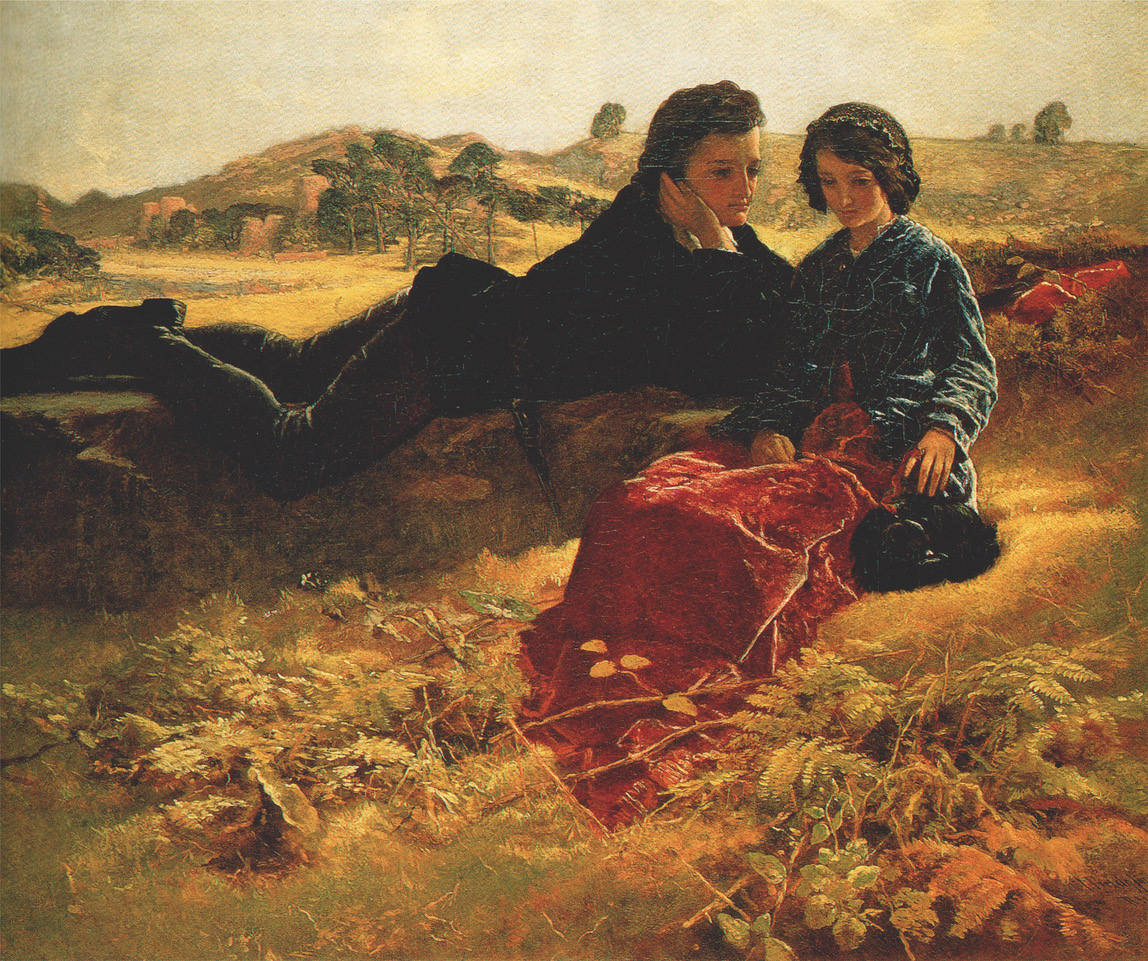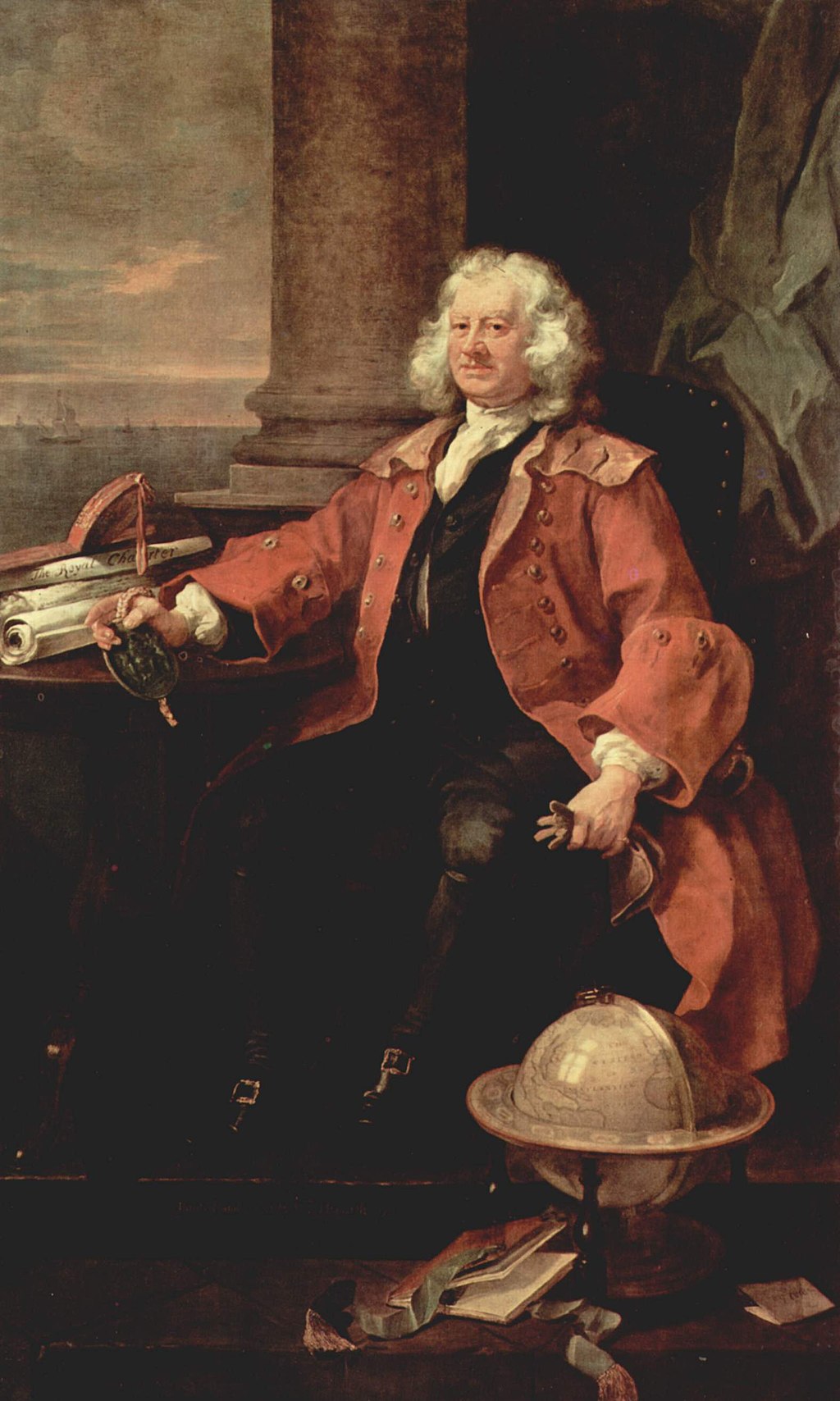Not long ago, I sent a story off to some friends, one of whom came back and said she thought it was beautiful and powerful, but far too bleak. She said I dropped my main character into a brutal, misogynistic system, dragged her through hell and then killed her. That’s it. ‘Where’s the hero’s journey?’ she asked. ‘Where’s the moment when the main character sees the system for what it is, beats the thousand to one odds and then changes things for the better?’
I wrote back to my friend and said, ‘I get it, I do.’ We all need a hero’s journey, and every writer has their own literary hero. But by asking for a hero’s journey, my friend was missing the point of the story. Because in order for there to be one man who beats the thousands to one odds, there has to be nine hundred and ninety-nine others who don’t. Before there can be a Final Girl, you must first have victims.
Let me back up a minute.
When I was coming up, my literary heroes were King, Rice, Bradbury, and Stine. They not only taught me how to write, they showed me that magic, real magic, isn’t found in words like abracadabra or hocus pocus, but in smaller, plainer, less flowery spells like, it can be done.
And from the moment I first thought those words, they began to grow inside me. Stretching and reaching until they became a new spell altogether. One which had me sitting up far too late at night, gripped by the sense that I needed to whisper this spell, because even then I was afraid the words wouldn’t come out right. But into that darkness, I said, if they can do, I can too.
And then I set out to beat the odds.
But for as much as adults might shun the idea of magic, there’s a secret to it which only we can know because we’ve lived with it long enough. Magic has no rules. There are no laws, no guidebooks, not even a roadmap. Just a series of mutually agreed upon arrangements wherein Harry Potter can be rejected twelve times, Carrie thirty and Roots two hundred before they could become classics. The same unfathomable arrangement which implies, but never states, that buried amongst all of those slush piles we secretly dread, are masterpieces which will never be found, not because the writers weren’t talented enough, or didn’t have thick enough skin but because they committed themselves to a system which is wonderfully, bafflingly, borderline abusively incapable of explaining itself.
Even in writing this article, I’ve broken several of the ‘rules’ of writing. I’ve started a sentence with ‘when,’ I’ve used ‘and’ far too many times and I’ve switched tenses so often that I’m sure it’s driving some of you to distraction. But if you’ve come with me this far, I’m hoping you’ll go a little further. Because whether this article works or it falls flat, isn’t the point. The point is that no one in the industry can properly explain to you why, one way or the other.
We are, all of us, very much on our own, which is exactly the reason it’s taken me days to conjure up an ending which falls somewhere between wish-fulfillment and nihilism because the bittersweet truth is that both of them are right.
In our quest to be the hero of our own journey, we might very well die trying, much like the main character in my story. She’s the one who doesn’t get away from the serial killer because there will always be more victims than Final Girls. But failure is only ever certain when we give up the fight.
So perhaps the next time we take up the pen, after our latest rejection or the dreaded ‘it’s just not what we’re looking for’ refrain, we do so not with a bright-eyed belief, but with a gallows hope. The sort of pitch-black resolve which drives us to take up the journey, while never losing sight off the bodies which litter the way. A plain, stark acknowledgement that while the odds against us are tragic and potently bleak, they are also true and most definitely…a hell of a lot better than the alternative.






